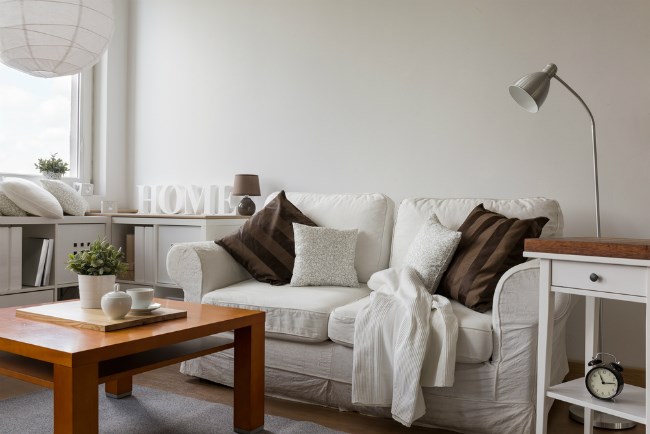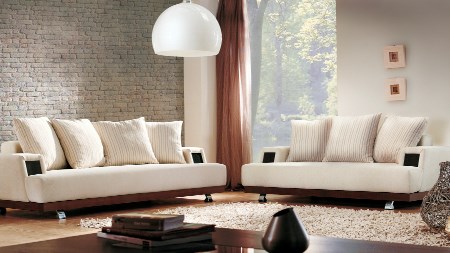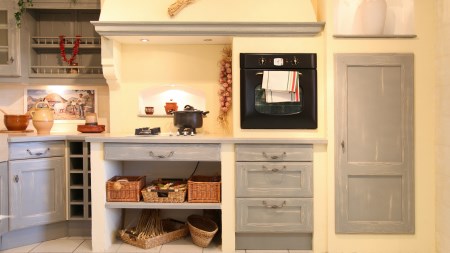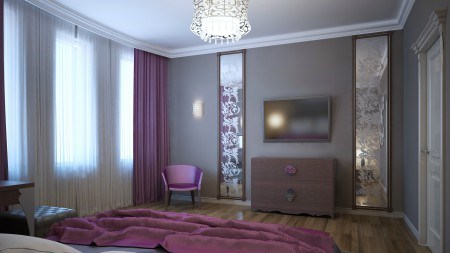The latest generation of home buyers are changing the shape of home design and putting the focus on functionality.
Millennials or Generation Y, are the generation born roughly between 1980 and 2000 and are one of the most topical subjects at the moment. The word ‘millennials’ often brings to mind images of young people living fast-paced lifestyles, using the latest technology.
As these millennials enter the home buying or renting phase of life, their wants and needs are beginning to shape the way forward for interior design. Interior designers are now leaning even more towards the “less is more” approach and are making sure that homes can be both functional and sustainable.
How are millennials redefining interior design?
Collectively individual
The millennials generation are all about personalising their space. As they move to express their individuality and make their mark on the world, this translates across to the kind of homes they choose and how they decorate these homes. Based on the need to make their space a reflection of their personal style, millennials often customise furniture and other items in their home. Millennials also use one-of-a-kind vintage pieces or handmade crafts in their homes.

Function over size
Millenials often prefer the “less is more” approach to home design, choosing a minimalistic home over one that is full of objects. Smaller, more functional homes are popular amongst this generation, instead of sprawling mansions. Thus, millennials tend to value smaller homes that are designed to maximise space, and often put the focus on rooms where a lot of time is spent, such as the kitchen or lounge.
Keep it comfy
Comfort and intimacy are two of the most important concepts that millennials are looking for in a home. A comfortable space to relax in – this is one way to describe this generation’s idea of the perfect home. Large throw cushions, comfortable furniture and calming bedrooms are therefore very important to millennials. This generation prefers using different interior design elements to create a specific feel or vibe in the home as a whole, instead of using a particular design style.
Colour me millennials
Using pops of colour is not new concept in the world of interior design, however, millennials generally enjoy using colour in their home in different ways. Coloured lights for the shower have become trendy, along with pops of colour in the kitchen (for example a brightly coloured appliance or coloured wall tiles). Stainless steel appliances for the kitchen are still common, but millennials are more interested in matte finish or dark coloured appliances.
Sustainability is key
On the whole, millennials are trying to reduce energy use in their homes. They lean towards appliances that save energy efficiently, and they are focused on sustainability in the home. In line with this, millennials prefer using natural materials like wood and stone in their homes. These materials are being used alongside different textures, for example a wood shelf would be used above a metal sink.
Focus on the visual

With Instagram and Pinterest playing such a big part in many millennial's lives, there is a constant stream of interior decor inspiration being delivered to them. The result of this is that many people in this generation want their homes to look particularly neat. There’s a large focus on the aesthetic appeal of a home, and in turn, the interior design needs to align with this.
Flexible home, flexible life
Millenials are all about flexibility, their lives are constantly changing and their homes should be able to follow suit. As their needs change, it’s handy to have a home that can keep up, without needing new décor every few months. Interior décor that is easily adaptable is a huge drawcard for people of this generation.
There are varying tastes and preferences amongst this generation, but millennials seem to prefer a transitional, personalised style over the ultra-modern look. Functionality and comfort are both key key elements in home interiors for this generation. These preferences are shaping the way interior design advances and could pave the way forward for the industry.





